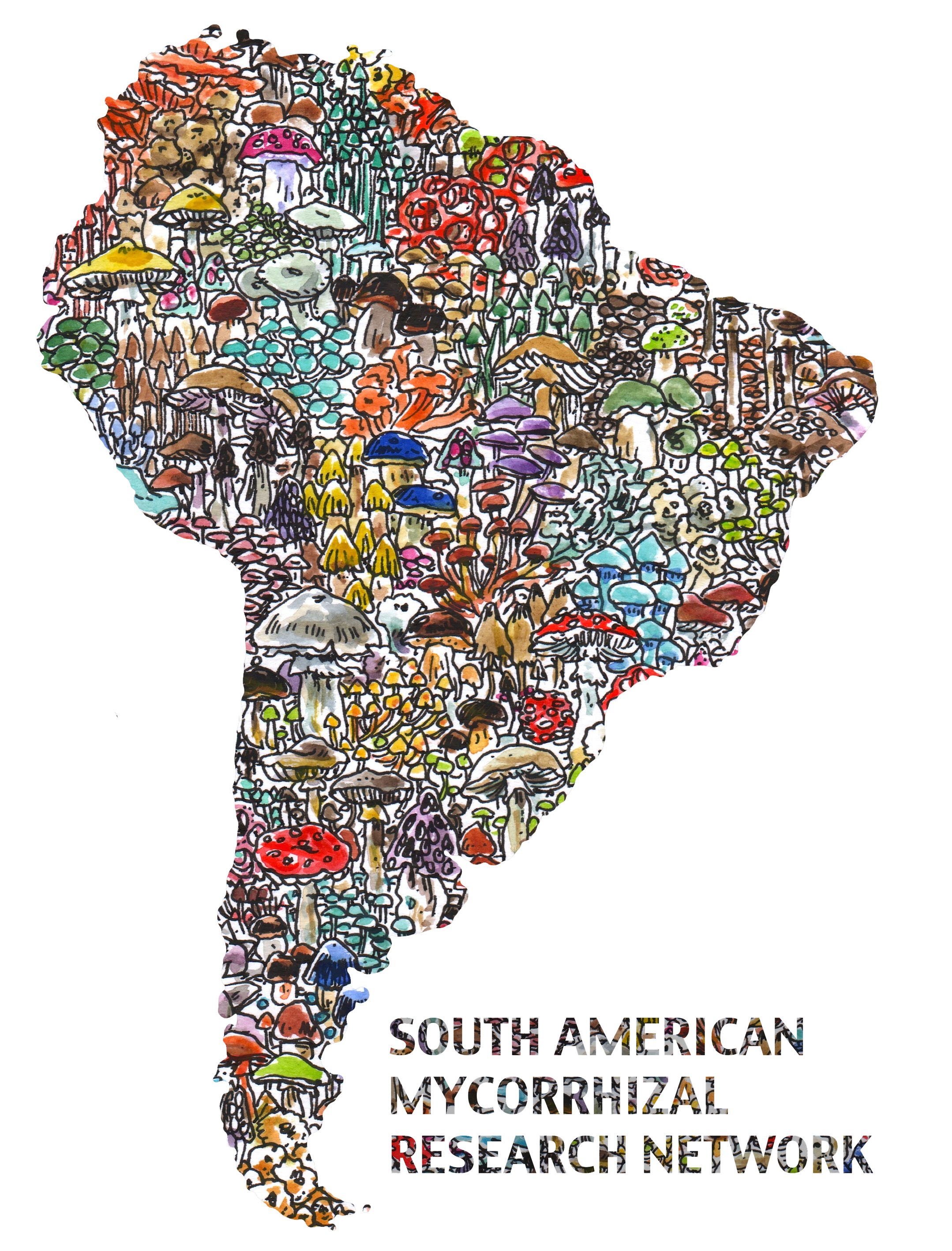What we are reading in September, 2017
By: Camille Truong
How do seedlings acquire their mycorrizas? In the tropical dipterocarp Shorea leprosula (Dipterocarpaceae), basidiospores of Tomentella species attached to the plant seeds favored the ectomycorrhizal colonization of seedlings. This strange inoculum also increased plant growth and phosphate uptake of seedlings!
Ramadhani I, Sukarno N, Listiyowati S. (2017). Basidiospores attach to the seed of Shorea leprosula in lowland tropical dipterocarp forest and form functional ectomycorrhiza on seed germination. Mycorrhiza. https://doi.org/10.1007/s00572-017-0798-4

Most green orchids form mycorrhizas with Rhizoctonia for seed germination and seedling establishment, then become autotrophic at adult stage. Some species, however, derive their carbon from fungi that simultaneously form ectomycorrhizas with surrounding trees. This condition, called mixotrophy or partial mycoheterotrophy, is characterized by 13C enrichment and high N content. The orchid Liparis loeselii was shown to associate primarily with ectomycorrhizal fungi but did not display the 13C enrichment characterizing mixotrophy. In addition, ECM fungi were also detected in Rhizoctonia-associated orchids. Nature does not like categories and there probably exists an ecological continuum between these two nutrition modes.
Jacquemyn H, Waud M, Brys R, Lallemand F, Courty P-E, Robionek A, et al. (2017). Mycorrhizal associations and trophic modes in co-existing orchids: an ecological continuum between auto- and mixotrophy. Front Plant Sci 8: 1497.

Discovering new ECM fungi can occur not only in roots but also in the soil spore bank. In Chinese Douglas fire forests, ECM communities in spore banks were significantly different from those from the roots of mature trees. An unknown Rhizopogon species was very abundant in the spore bank and had positive effects on seedling growth. A good candidate for forest regeneration projects of this endangered tree species.
Murata M, Nagata Y, Nara K. (2017). Soil spore bank of ectomycorrhizal fungi in endangered Chinese Douglas fire forests. Mycorrhiza 32: 469–479.

During the establishment of the ectomycorrhizal symbiosis, both partners undergo profound changes in development, metabolism and defense mechanisms. To coordinate these changes, the regulation of gene expression in both partners is regulated by transcription factors. 285 transcription factors were detected in the genome of Laccaria bicolor, some of which seem to be specific to L. bicolor. Even though families of transcriptions factors occur across the fungi, it seems that each species has evolved its own set of ECM development regulators.
Daguerre Y, Levati E, Ruytinx J, Tisserant E, Morin E, Kohler A, et al. (2017). Regulatory networks underlying mycorrhizal development delineated by genome-wide expression profiling and functional analysis of the transcription factor repertoire of the plant symbiotic fungus Laccaria bicolor. BMC Genomics 18: 737.

![]()
